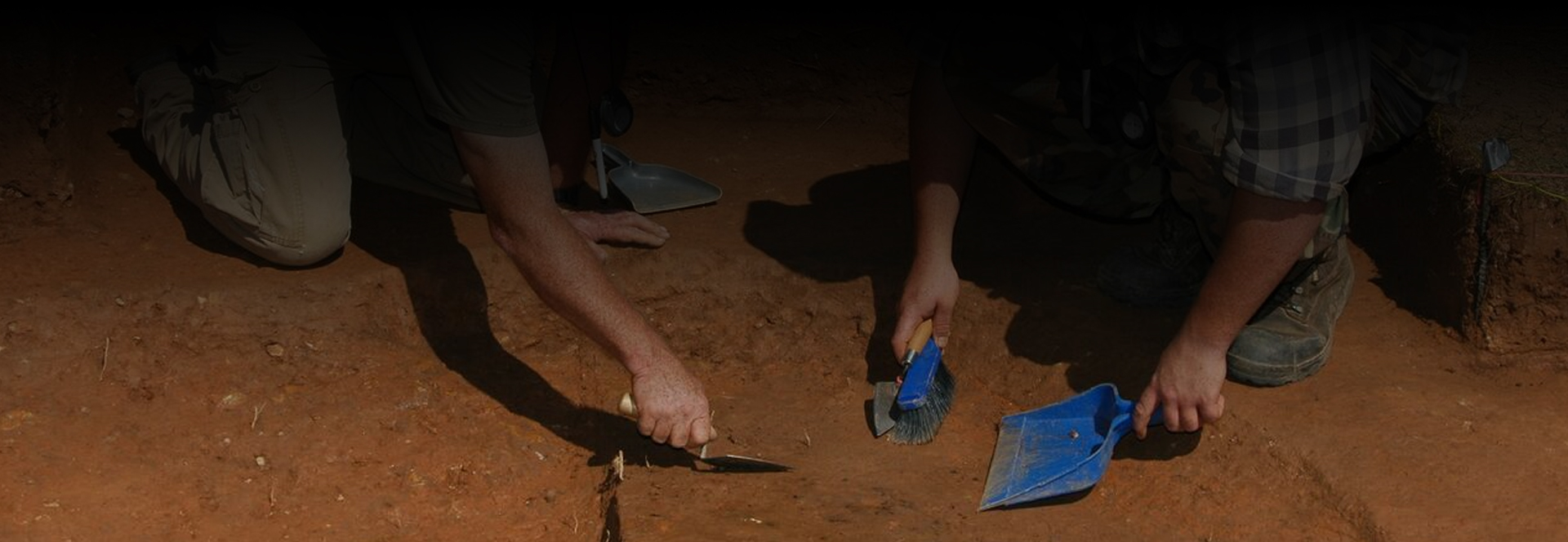More from bluestone researchusa
More in Politics
Related Blogs
أرشيف
حصة الاجتماعي
The Importance of Cultural Resources Surveys in Land Development
الجسم
Any construction project requiring ground disturbance should begin with a cultural resources survey. These detailed investigations by trained heritage specialists identify buried traces of past societies before irreversible impacts occur.
Surveys pinpoint archaeological sites, historic structures, and other cultural resources within a project’s footprint. Understanding what lies beneath the surface is crucial for balancing preservation and progress.
Why are Surveys Important?
Cultural resources surveys provide the foundation for responsible development. They systematically document whether historically significant resources exist that warrant preservation or further study. Without surveys, the clues to our collective past contained in sites and artifacts remain undiscovered and unprotected from damage. Surveys prevent inadvertent loss of knowledge and heritage.
What Do They Entail?
Archaeological Consultants and Cultural Resource Specialists conduct intensive surveying across areas slated for construction. This involves digging small shovel test pits, using remote-sensing gadgets, scrutinizing historical maps, and methodically walking transects during Systematic Archaeological Survey. Any evidence of cultural sites gets thoroughly documented through notes, photos, and mapping. Significant sites undergo further Assessment and Evaluation or Data Recovery by expert consultants.
Protecting Hidden History

Many historically important sites and objects leave no signs visible on the ground surface. Digging down below dirt and brush is the only way to find clues they exist underground before damage can happen.
Archaeological Consultants carefully dig many small test pits across an area to look for buried evidence of past societies. This may turn up artifacts, food waste, building ruins, or soil stains indicating a cultural site below.
Mapping exact locations is crucial. Then planners can reroute or change construction activities to avoid impacts. Buffer zones also protect sites.
If work has to impact an eligible site, the Cultural Resource Management process kicks in. Archaeologists first recover key data through more extensive excavation.
Detailed site analysis occurs - measuring locations of postholes, cooking pits, artifacts. This gives insights into who lived there and what their lives were like.
All soil layers are examined, mapped, and photographed. Clues found in the dirt about how the environment and landscape change over time are just as important as artifacts.
Finally, recovered materials are properly conserved at facilities to preserve access to the human past.

Meeting Standards and Guidelines
Several regulations and ethical codes govern the treatment of cultural resources during development projects. Local, state, and national laws require surveys before construction. Experience consulting firms know exactly how to meet agency expectations and requirements throughout phased investigations. Their expertise prevents delays in securing necessary approvals from bodies like the Virginia Department of Historic Resources. Responsible planning is paramount.
Benefits All Around
Cultural resources surveys facilitate collaboration and mutual understanding between developers, local governments, descendant communities, preservation advocates, and expert consultants. Each group plays a vital role in balanced decision-making, site protection strategies, and public education when resources emerge. Working together leads to better outcomes all around.
Conclusion
At BlueStone Research, thorough Cultural Resources Surveys provide the basis for our complete Cultural Resource Management Services. With decades of experience and trusted partnerships across Virginia, our Registered Professional Archaeologists lead projects to timely and responsible conclusions. Contact us today to learn more!











تعليقات